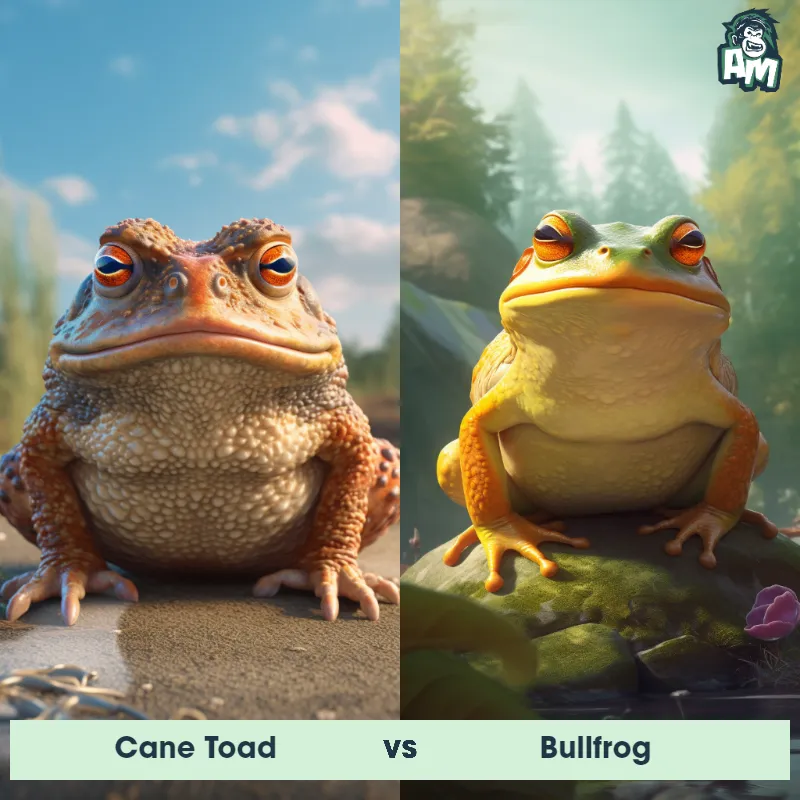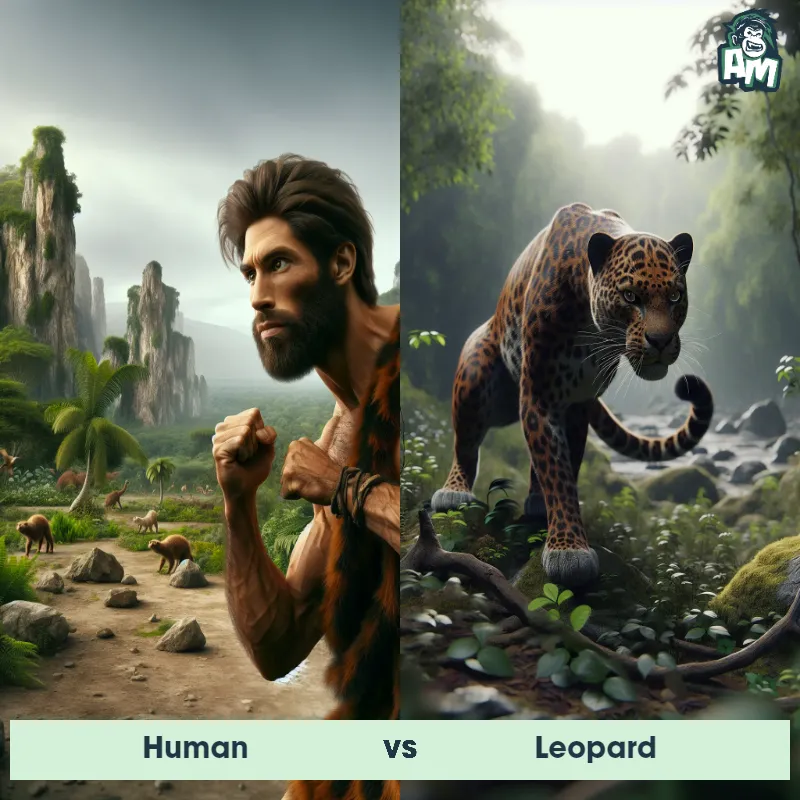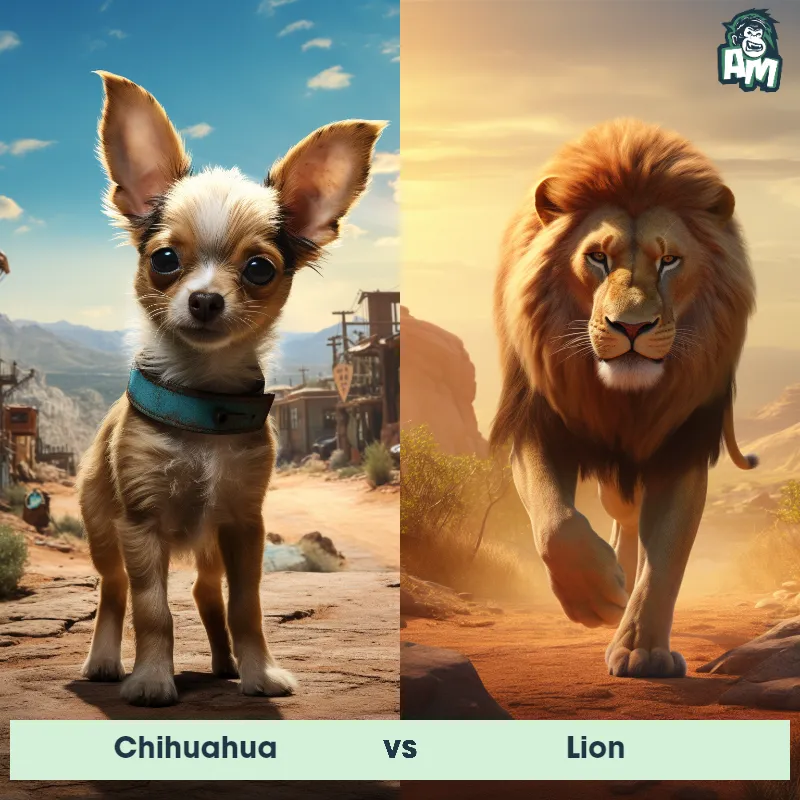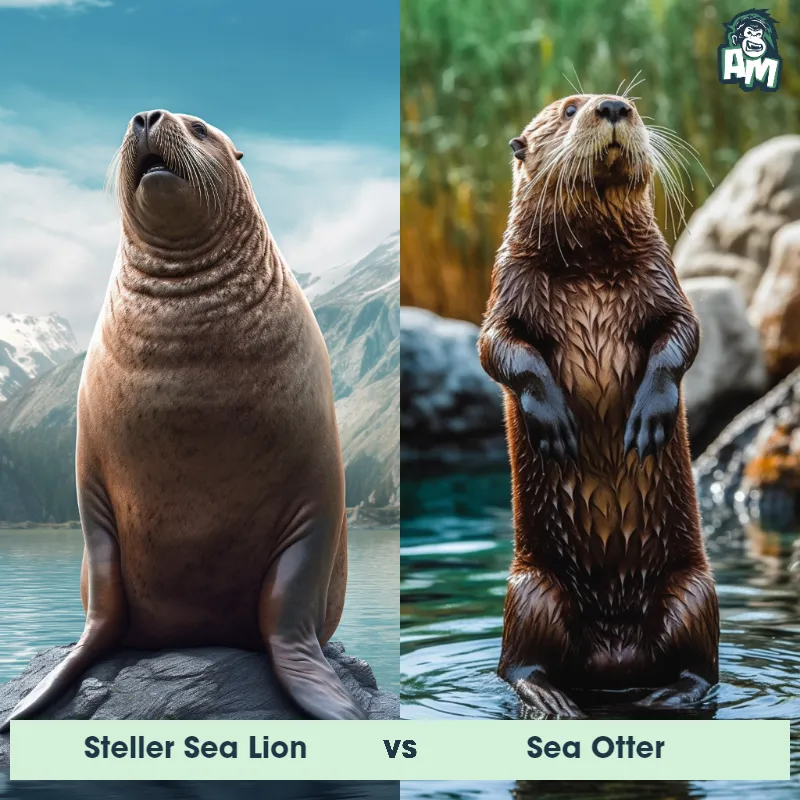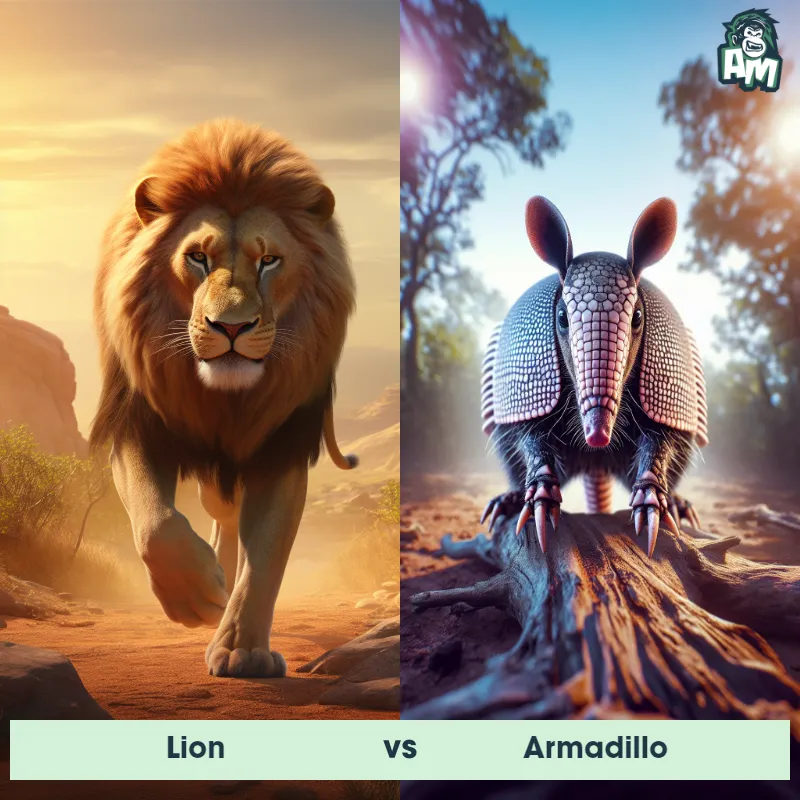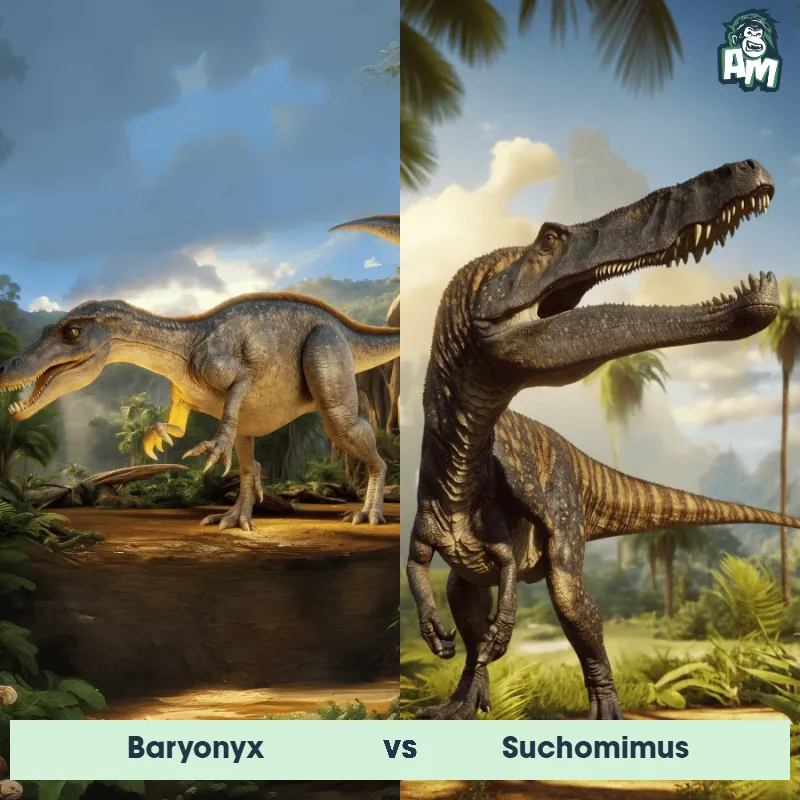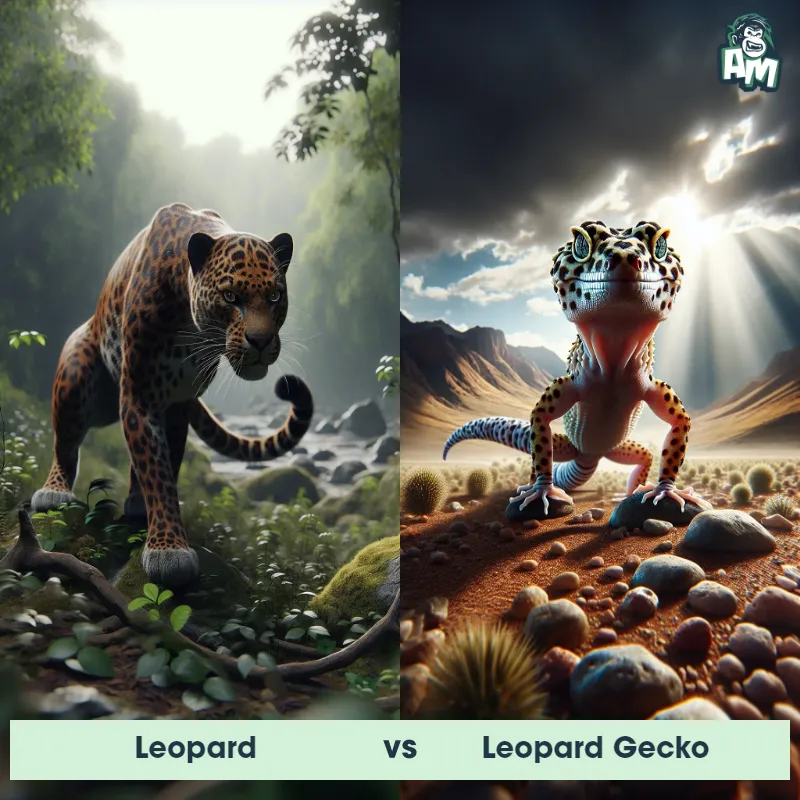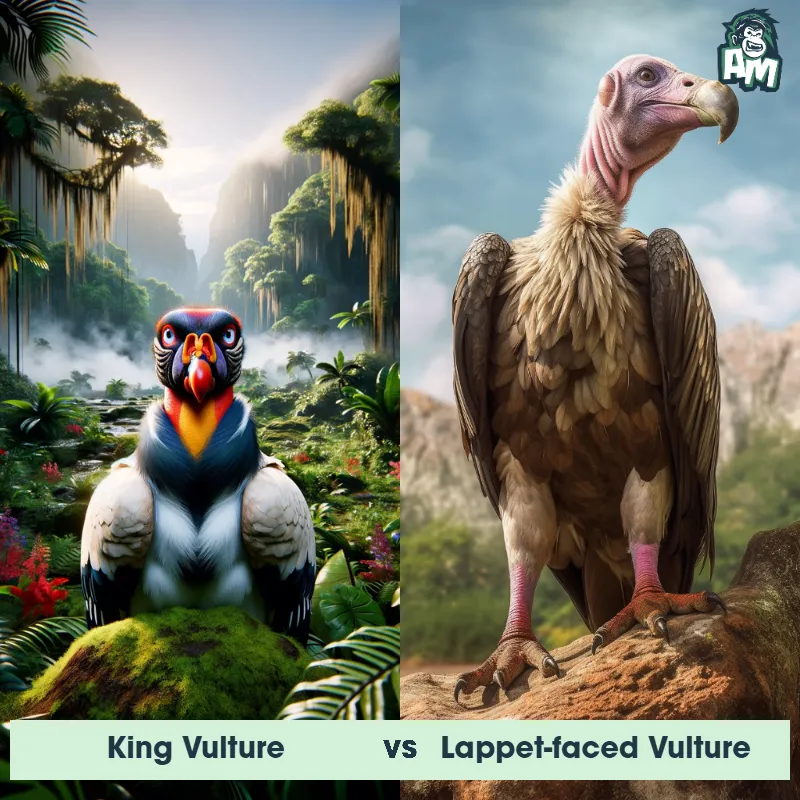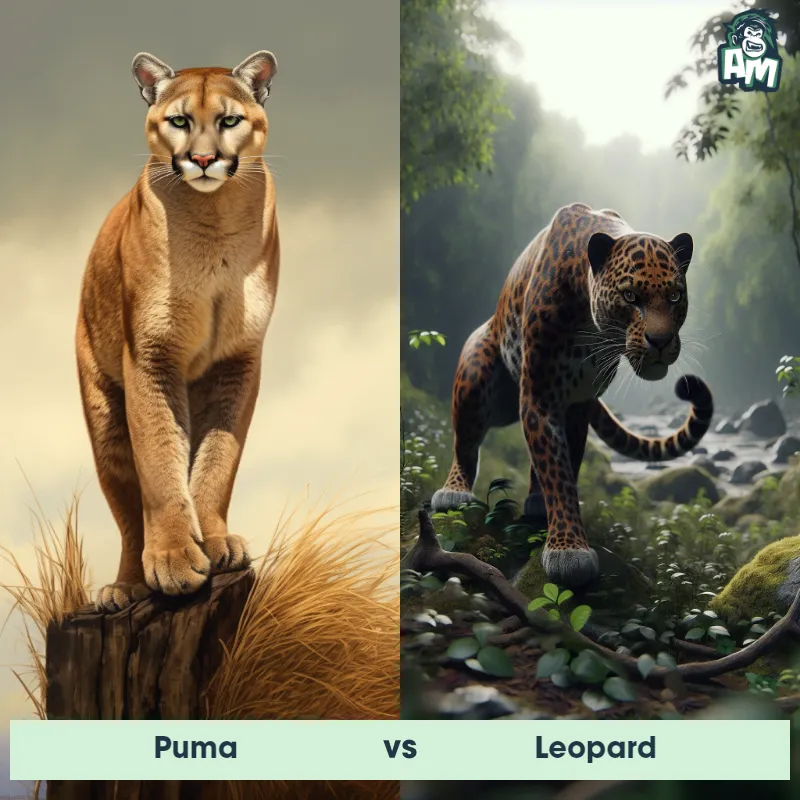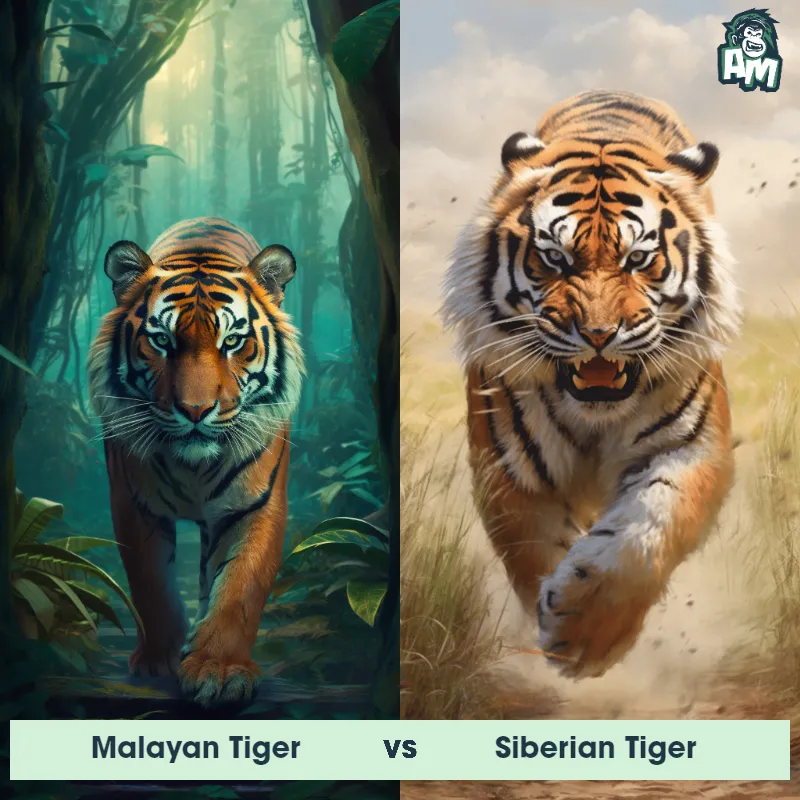Bobcat vs LeopardSee Who Wins

Ladies and gentlemen, welcome to this thrilling matchup between two fierce competitors of the wild. In the red corner, weighing in at around 20 pounds, we have the cunning and agile bobcat. And in the blue corner, weighing in at approximately 100 pounds, we have the stealthy and powerful leopard. Expect sparks to fly as these two predators clash in a battle of survival and dominance.
Contender 1: Bobcat
The Bobcat, also known as Lynx rufus, is a medium-sized wild cat native to North America. They have short, reddish-brown fur with black spots and tufted ears. Bobcats are known for their distinctive short tails, which are only 5-6 inches long. They are solitary animals and are most active at dawn and dusk. Bobcats are skilled hunters and prey on small mammals, birds, and reptiles.
Fun Fact: Bobcats are excellent climbers and can easily scale trees to escape predators or hunt prey.
Contender 2: Leopard
The Leopard is a large and powerful carnivorous mammal that is known for its distinctive coat pattern consisting of rosette-like spots. It has a slender body, muscular limbs, and a long tail, enabling it to be agile and swift. Leopards are primarily nocturnal creatures, preferring to hunt during the cover of darkness. They are highly adaptable and can thrive in a variety of habitats, ranging from dense forests to open grasslands. With exceptional climbing skills, they are capable of dragging their prey up trees to keep it safe from other predators.
Fun Fact: Leopards are incredibly strong and possess immense agility, as they are capable of leaping horizontally up to 6 meters and vertically up to 3 meters, allowing them to ambush their prey from above with precision.
Matchup Stats
| Bobcat | Leopard | |
|---|---|---|
| Size | 2-3 feet (0.6-0.9 meters) in length | 24-28 inches (60-71 cm) at the shoulder; 5-6 feet (1.5-1.8 meters) in length |
| Weight | 15-30 pounds (6.8-13.6 kilograms) | 80-160 pounds (36-73 kilograms) |
| Speed | Speed: 30 mph (48 km/hr) | 36-37mph (58-60km/h) |
| Key Strength | Powerful legs and sharp claws | Powerful jaw and sharp claws |
| Biggest Weakness | Small size compared to other predators | Less endurance compared to some other big cats |
Current Votes
Bobcat vs Leopard
See Who Wins
View More Matches
Looking For More?
Similar Matches
Scientific Stats
| Bobcat | Leopard | |
|---|---|---|
| Scientific Name | Lynx rufus | Panthera pardus |
| Family | Felidae | Felidae |
| Habitat | Forests, deserts, suburban areas | Variety of habitats including forests, grasslands, and mountains |
| Geography | North America | Africa, parts of Asia |
| Diet | Small mammals, birds, reptiles | Carnivorous, preys on various animals including ungulates, small mammals, birds, and reptiles |
| Lifespan | 10 years - 15 years | 12 years - 17 years |
Key Differences between Bobcat and Leopard
- Facial features: The Leopard has a relatively broader face with a strong jawline, along with prominent, muscular cheekbones, compared to the Bobcat which possesses a narrower face with less pronounced features.
- Tail length: The Leopard has a relatively long tail with a length of around 2 to 3 feet, while the Bobcat has a significantly shorter tail, usually measuring less than 1 foot in length.
- Habitat range: Leopards are native to various parts of Africa and Asia, inhabiting diverse ecosystems such as forests, grasslands, and mountains, while Bobcats are primarily found in North America, occupying a range of habitats such as deserts, forests, and swamplands.
- Ear tufts: One of the distinct physical features of the Bobcat are the prominent ear tufts, especially evident in winter, whereas the Leopard lacks these tufts and has more rounded ears.
- Size: The Leopard is significantly larger than the Bobcat, with an average weight of 80 to 150 pounds, whereas the Bobcat is much smaller and typically weighs between 15 and 35 pounds.
- Coloration: The Leopard is known for its distinctive coat with rosette-shaped spots that provide excellent camouflage in its natural habitat, while the Bobcat has a more plain coat with spotted or striped patterns that vary in color from grayish-brown to reddish-brown.



